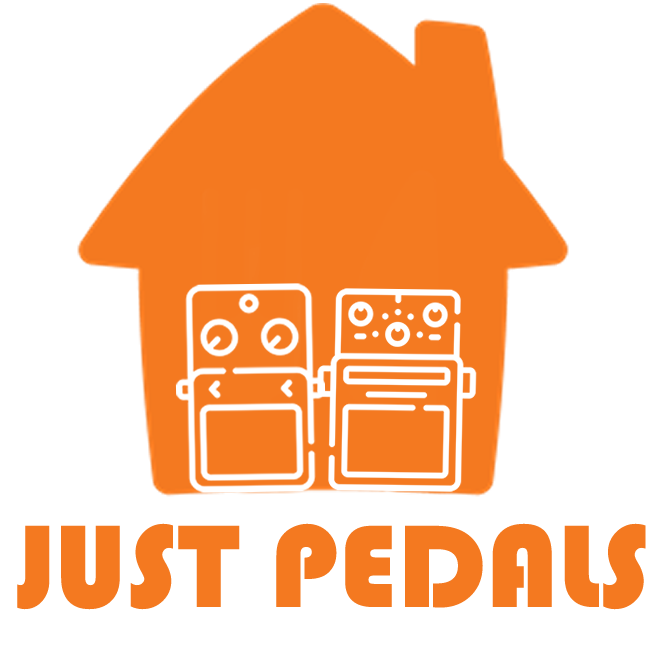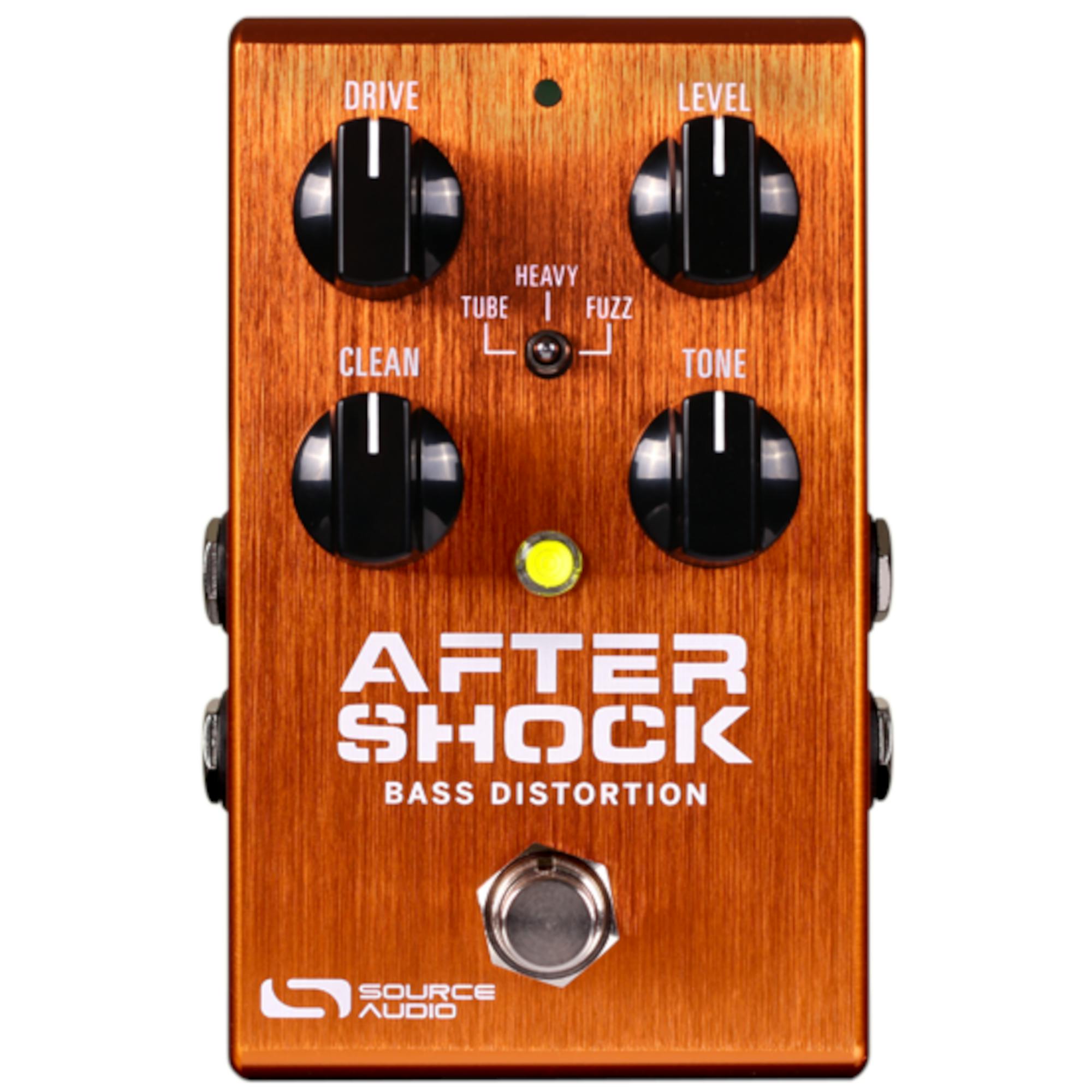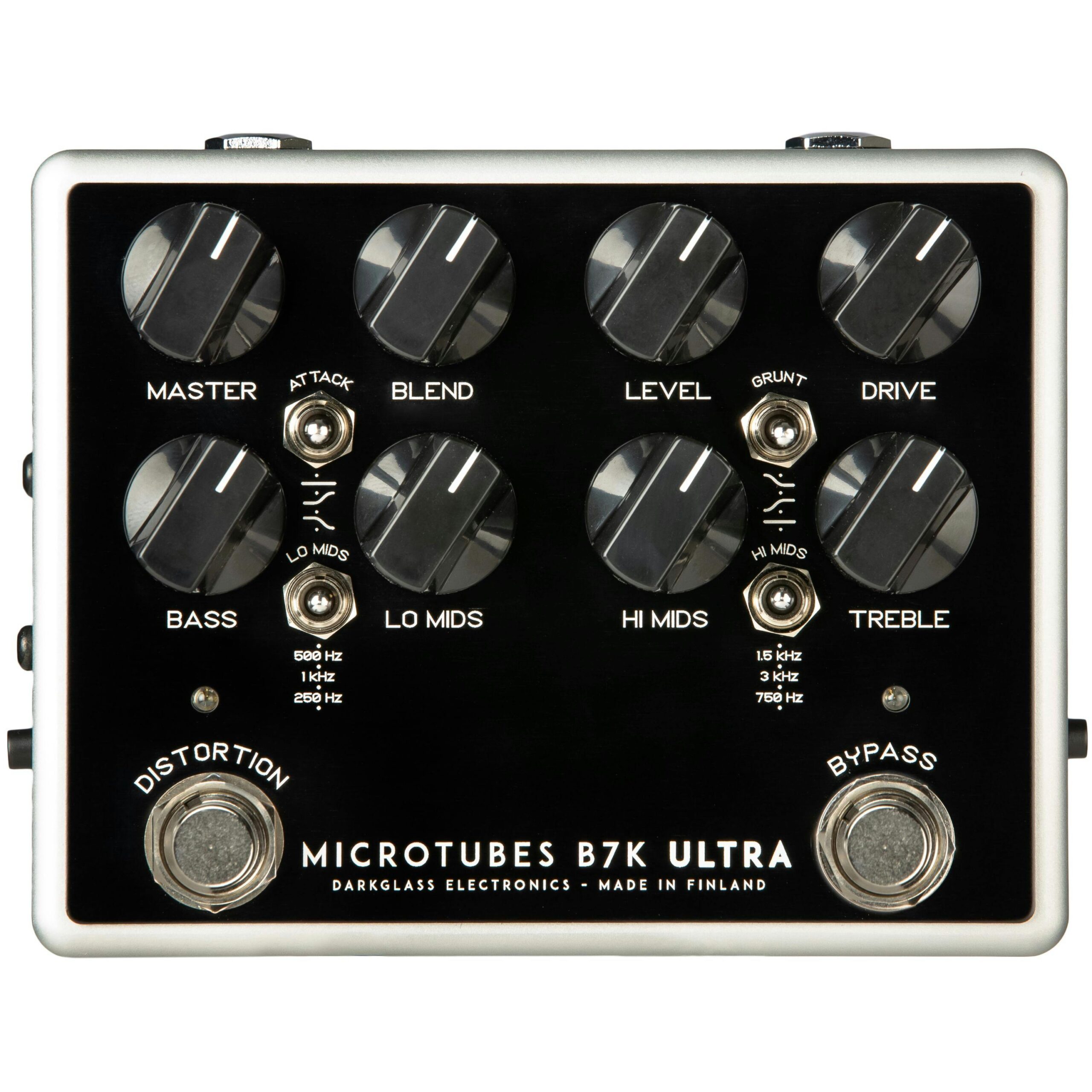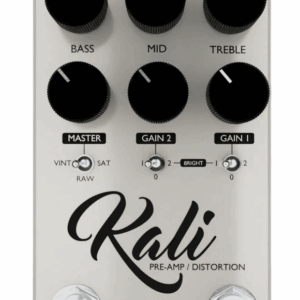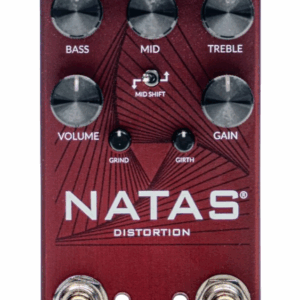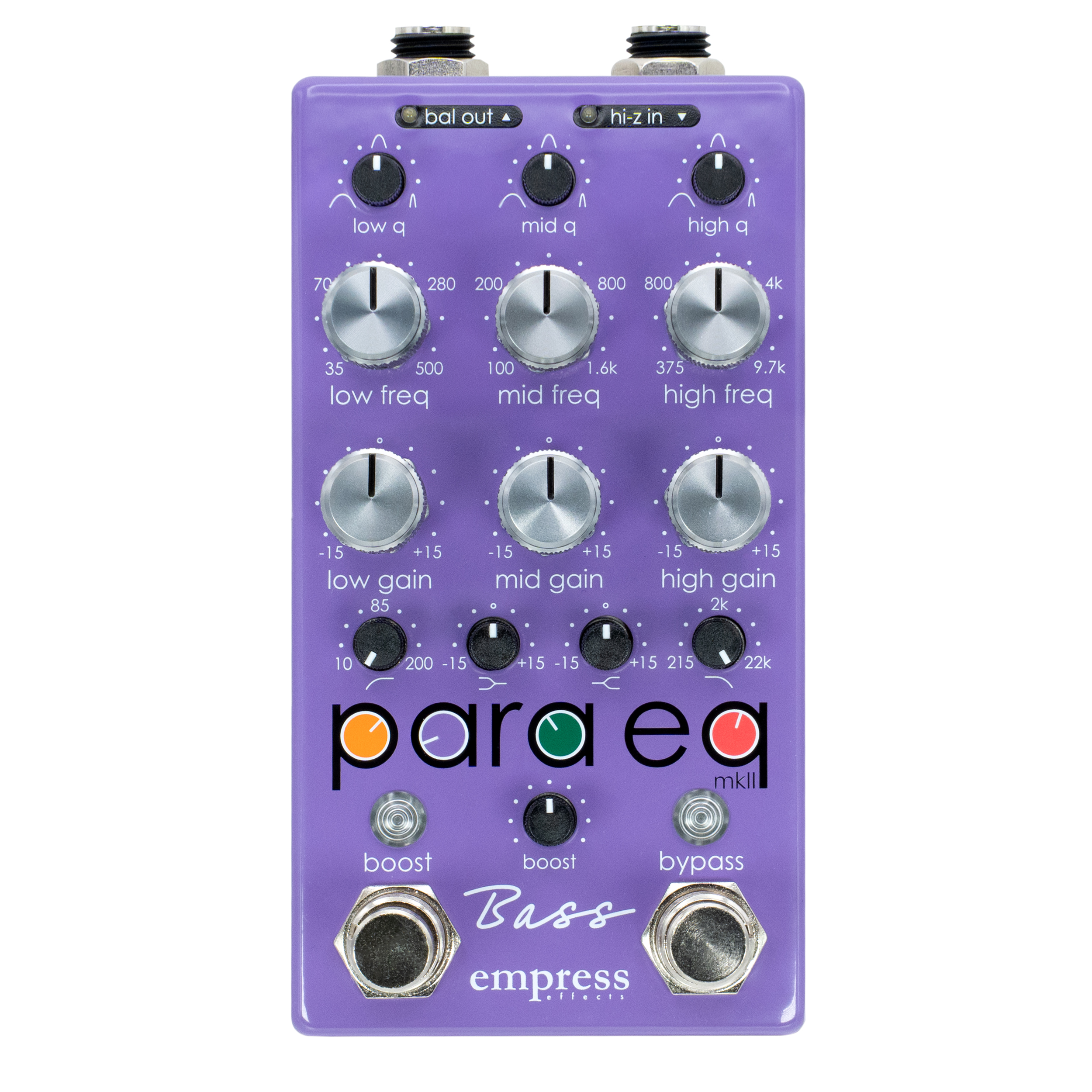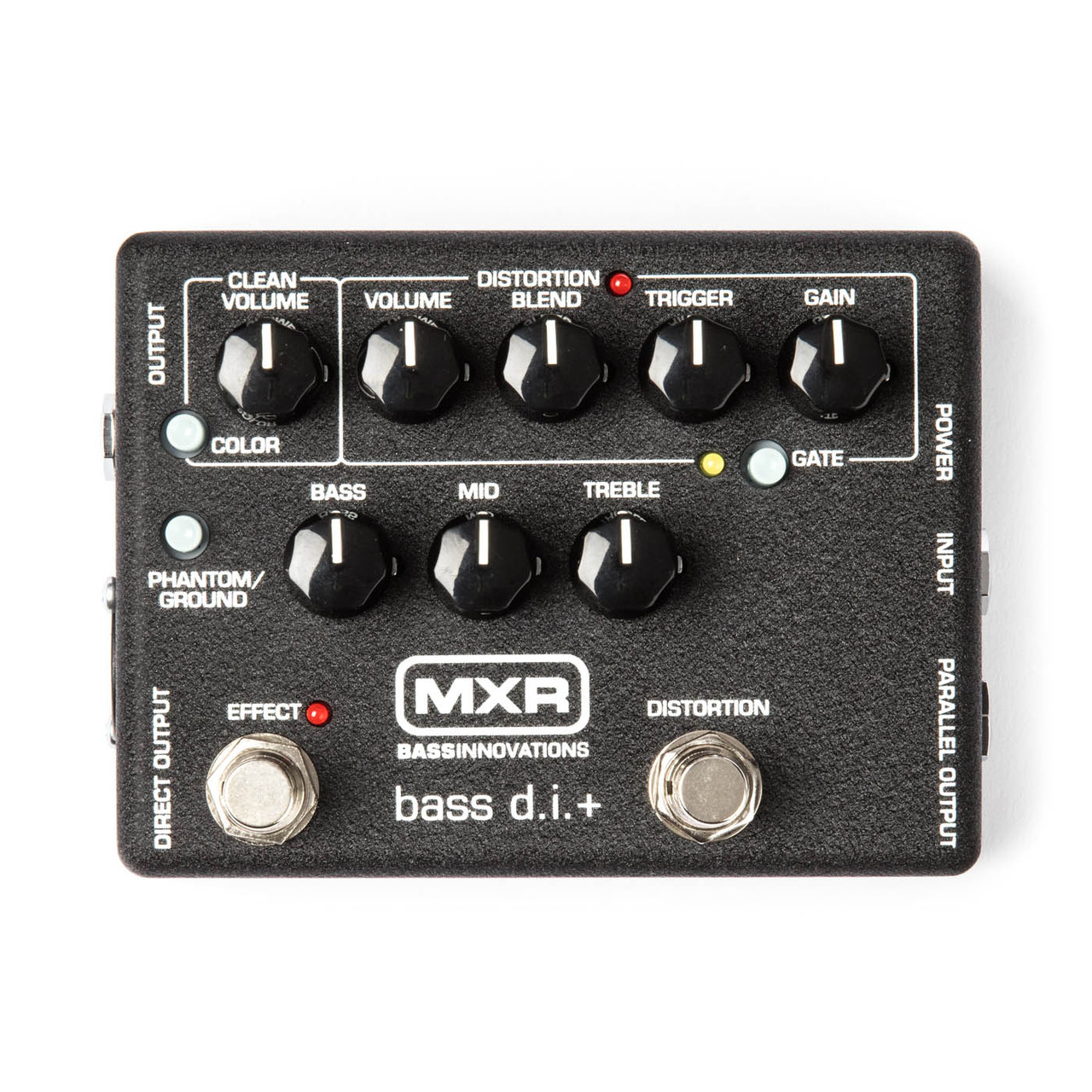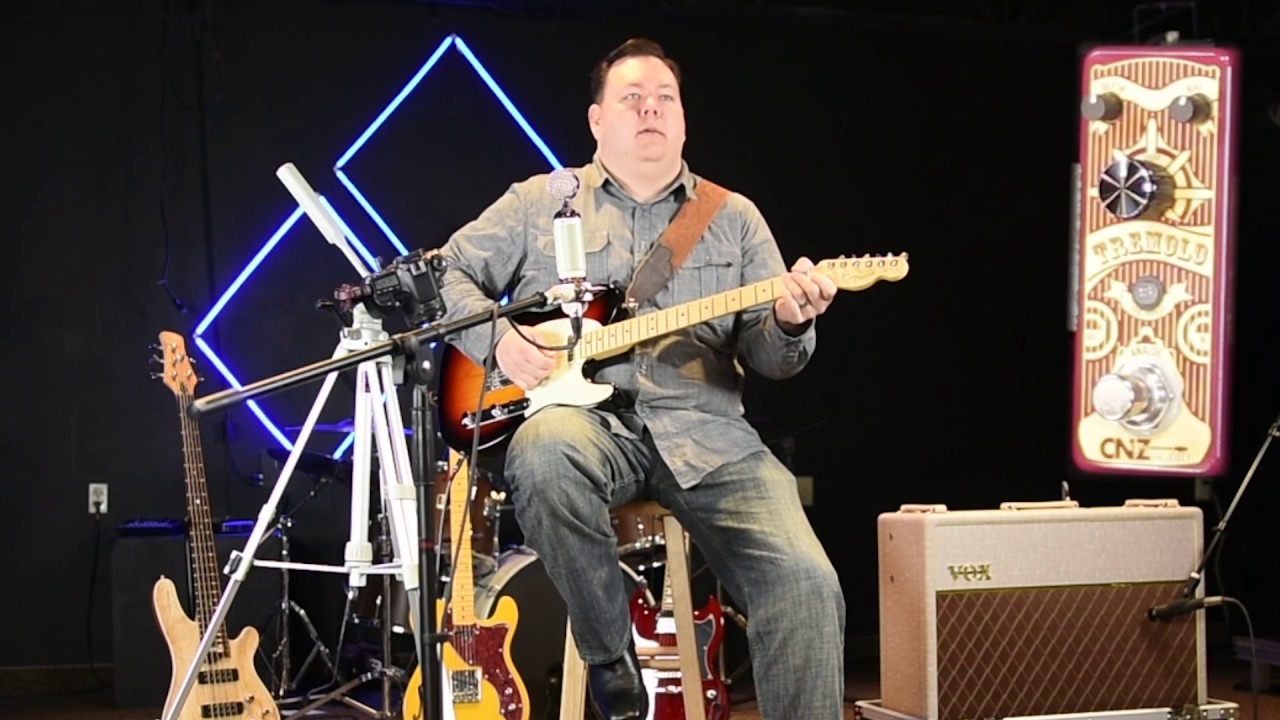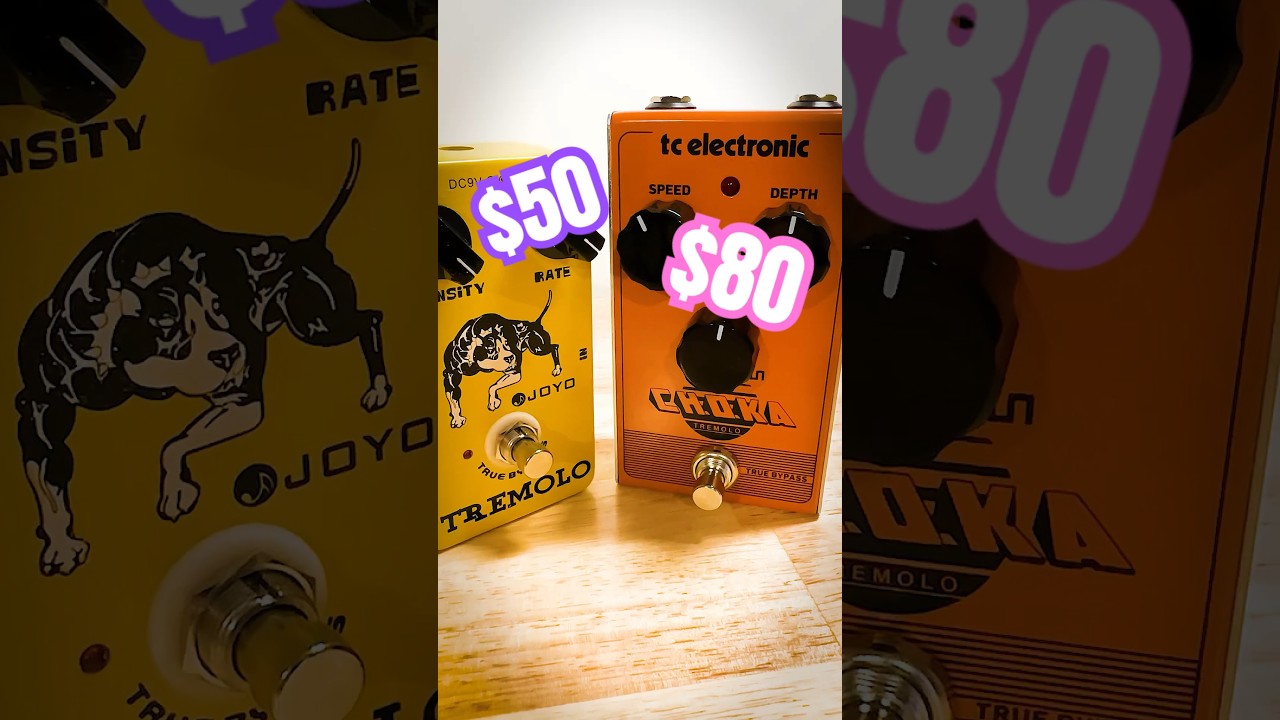Description
The Source Audio Aftershock Bass Distortion Pedal is currently retailing at £189.99 and it is preorder. Available to be delivered to you by post direct (some charge may apply). The top pedal chef at Just Pedals thinks that Source Audio nailed it here. Source Audio Aftershock Bass Distortion Pedal
We have new and used Source Audio musical equipment available on our website for fast direct delivery from sellers across the UK & Europe.
Source Audio specializes in creating innovative guitar effects pedals that are known for their advanced digital signal processing capabilities. Their product line includes a wide range of effects such as distortion, delay, reverb, modulation, and filter effects. They are particularly noted for their One Series pedals, which offer deep editing capabilities through the Neuro Mobile App and Neuro Desktop Editor. This allows users to access a vast array of sound options and customize their tones extensively. The pedals are designed with both live performance and studio use in mind, providing high-quality sounds and robust functionality.
Some of the most popular Source Audio pedals include the Nemesis Delay, Ventris Dual Reverb, and the C4 Synth. The Nemesis Delay is celebrated for its diverse array of delay types and programmable presets, making it a versatile choice for many guitarists. The Ventris Dual Reverb stands out due to its dual reverb engines, which enable complex and lush reverb sounds. The C4 Synth, a relatively newer addition, has gained popularity for its ability to transform the guitar into a synthesizer, offering a wide range of synth tones and extensive customization options. These pedals have received high praise from musicians for their sound quality, versatility, and the innovative features provided by the Neuro editing platform.
In the realm of guitar effects, “bass” pedals are designed specifically for bass guitars, enhancing their low-end frequencies and allowing bassists to shape their tone and explore new sonic possibilities. These pedals cater to the unique characteristics of the bass guitar and provide various effects to modify its sound. For instance, overdrive and distortion pedals add gain and saturation, giving the bass a gritty or distorted tone. Compression pedals help even out dynamics by smoothing out the volume of loud and soft notes, resulting in a consistent and punchy sound. EQ pedals enable bassists to sculpt their tone by boosting or cutting specific frequencies, allowing them to emphasize certain parts of the sound or compensate for room acoustics.
Other popular bass effects include envelope filters, which produce dynamic filter sweeps in response to playing dynamics, adding rhythmic groove to bass lines. Octave pedals generate harmonies one or two octaves below the original note, creating a fuller and more powerful sound. Modulation effects like chorus, flanger, and phaser add depth and movement by modulating the pitch or phase, creating swirling textures and enhancing the overall presence of the bass line. Lastly, delay and reverb pedals introduce ambience and spatial depth, adding echoes and reflections that enhance the sense of space in music. These diverse effects allow bassists to expand their sonic palette and express their creativity in numerous ways.
Distortion is a type of guitar effect that alters the sound by adding sustain, harmonic richness, and a gritty or aggressive character. It clips the audio signal, creating a more saturated and powerful tone. Distortion is commonly used in rock, metal, and punk music, offering everything from warm, crunchy overdrive to heavily saturated, high-gain chaos. Unlike overdrive, which mimics the natural breakup of a tube amp, distortion produces a more intense, compressed, and processed sound. Popular distortion pedals include the Boss DS-1, ProCo Rat, and MXR Distortion+.
Just Pedals is a new Guitar Effect Pedals Marketplace – We feature new and used Guitar Effect pedals from different sellers, to purchase online from the UK.
A pedal is an electronic device that alters the sound of an electric guitar by applying various effects. Pedals are typically connected in a series between the guitar and amplifier, allowing guitarists to switch effects on and off with their feet while playing.
This enables musicians to quickly and easily change their sound, adding versatility and creativity to their performances.
Pedals are essential tools in many musical genres, including rock, blues, jazz, and metal, allowing artists to craft distinctive and dynamic soundscapes.
Once you buy one, you can’t stop and then you have to sell them and buy more.
This product is available to Pre Order.
Just the latest videos
Just related products
£22.99
Get tube-like distortion, smooth sustain and super-fat tone Unique balance control to blend between overdriven and dry bass sound for maximum punch Dedicated level, 2-band eq and gain controls for awesome sound shaping Blue status led for effect on/o…
read more
£241.52
Analog Bass Preamp/DI Pedal with 2-b EQ Grit Scoop Modes 1/4" Output Jack Headphone Output Balanced XLR DI
£224.79
Bass-Effektpedale Bass-Effektgeräte Bässe We emphasise a balanced combination of careful workmanship and selected materials. OUR GOAL – Your satisfaction is our top priority and takes centre stage.
